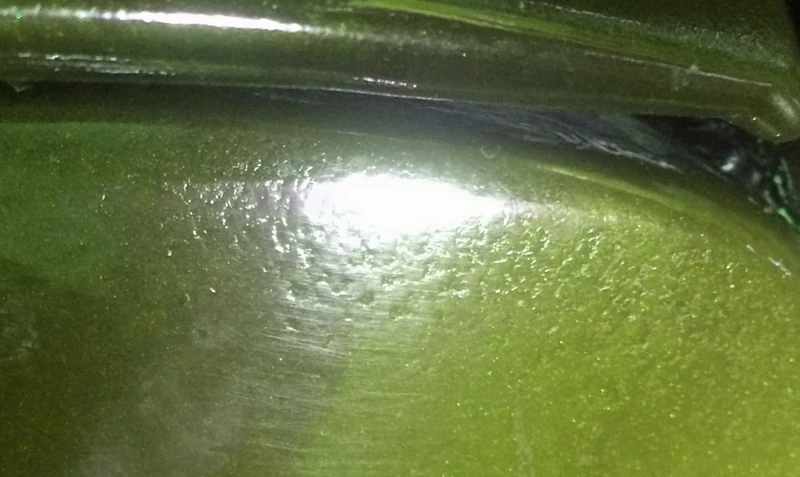Embarking on the journey of oil painting can be both exciting and daunting. The medium is beloved for its rich texture and vibrant colors, but it also comes with its own set of common oil paint issues. Fortunately, many of these can be avoided with a little know-how and the right oil based paint tips.
Oil Based Paint Surface Preparation Mistakes
One of the critical steps in ensuring a successful oil painting is proper surface preparation. Surfaces that are not adequately prepared can lead to a host of oil based paint surface preparation mistakes. To circumvent these, always start by cleaning the surface to remove any grease or dust. Next, apply a suitable primer, and allow it to fully dry before you begin painting. This will help your oil paints to adhere correctly and reduce the chances of peeling or cracking.
Avoid Oil Paint Problems with Proper Brush Selection
An often-overlooked aspect of oil painting is the selection of brushes. Avoid oil paint problems by choosing the right brushes for the job. Natural bristle brushes are generally the best choice for oil painting, as they hold the paint well and allow for smooth application. Make sure you have a variety of shapes and sizes to accommodate different techniques and details within your work.
Perfecting Oil Based Paint Technique
To elevate your artwork, perfecting oil based paint technique is essential. This involves understanding the intricacies of the medium and refining your personal style through practice and experimentation.
Oil Paint Application Errors and How to Correct Them
Even experienced artists can run into oil paint application errors. These can range from applying too thick a layer of paint to not allowing adequate drying time between layers. Correct these by using thinner paint layers and patiently waiting for them to dry. This will enhance the texture of your painting without compromising its structural integrity.
Mixing Oil Paints: Tips and Tricks
- Start with a clean palette to avoid muddy colors.
- Use a palette knife for mixing to keep colors vibrant.
- Understand color theory to create harmonious mixes.
Understanding Oil Paint Drying Mistakes
One of the most frustrating oil paint drying mistakes is not giving enough time for layers to dry, which can lead to smudging or blending of colors unintentionally. To mitigate this, develop a patient approach to your work, allowing each layer to dry thoroughly before proceeding.
Oil Based Paint Tips for a Flawless Finish
For those seeking a professional touch, incorporating these oil based paint tips can make all the difference in achieving a flawless finish in your paintings.
Mastering Tonality and Value in Your Paintings
Control over tonality and value is what separates good paintings from great ones. By mastering the use of light and dark shades, you can create depth and dimensionality in your work. This requires practice and a keen eye for subtle variations in color and lighting.
Essential Transitional Shades for Depth and Realism
Transitional shades are the unsung heroes of oil painting. They bridge the gap between your lights and darks, adding realism and depth. Incorporate these subtly to create seamless transitions in your artwork, enhancing its overall impact.
Oil Based Paint Troubleshooting
Even with the best preparation and technique, artists can encounter challenges. Oil based paint troubleshooting is about identifying the problem and implementing a solution without compromising the work.
How to Address Overuse of Grey and Black in Oil Painting
Grey and black can quickly overpower a painting if not used judiciously. To address their overuse, integrate more varied dark colors into your palette. This will add richness and prevent your painting from appearing flat or dull.
Strategies for Balancing Oil Paint Saturation and Color Harmony
Finding the right balance in color saturation is key to maintaining harmony in your painting. Employ strategies such as using complementary colors to enhance vibrancy or toning down saturation with neutrals to achieve a cohesive composition.
Common Mistakes with Oil Based Paint and How to Fix Them
Even the most seasoned artists can make mistakes with oil based paints. Recognizing these errors is the first step; the next is knowing how to fix them.
Effective Use of Mediums in Oil Painting
Mediums can enhance the workability of oil paints, but misusing them is one of the more frequent oil based paint mistakes. Use mediums sparingly to thin paint or alter drying times, and always mix them thoroughly to ensure consistency in your work.
Are you a budding painter looking to avoid common pitfalls in your craft? Whether you’re working with oil-based paints or exploring other techniques, it’s beneficial to learn about the typical errors that artists can make. Dive into our resources where we discuss common paint brush mistakes, mistakes to steer clear of when color blocking, and the dos and don’ts of roller painting. These insights will help you refine your skills and produce stunning artwork with confidence.
Planning Your Composition: Steps to Success
Finally, a well-thought-out composition sets the stage for a successful painting. Begin with a clear concept, sketch out your ideas, and consider compositional rules such as the rule of thirds or leading lines. This planning stage is crucial in avoiding common composition related oil paint errors.
In conclusion, while oil painting can be complex, understanding and avoiding common oil paint issues is within reach. With these oil based paint tips, perfecting oil based paint technique becomes less about correcting mistakes and more about enhancing your artistic vision. Keep practicing, and enjoy the rewarding process of creating with oils.

